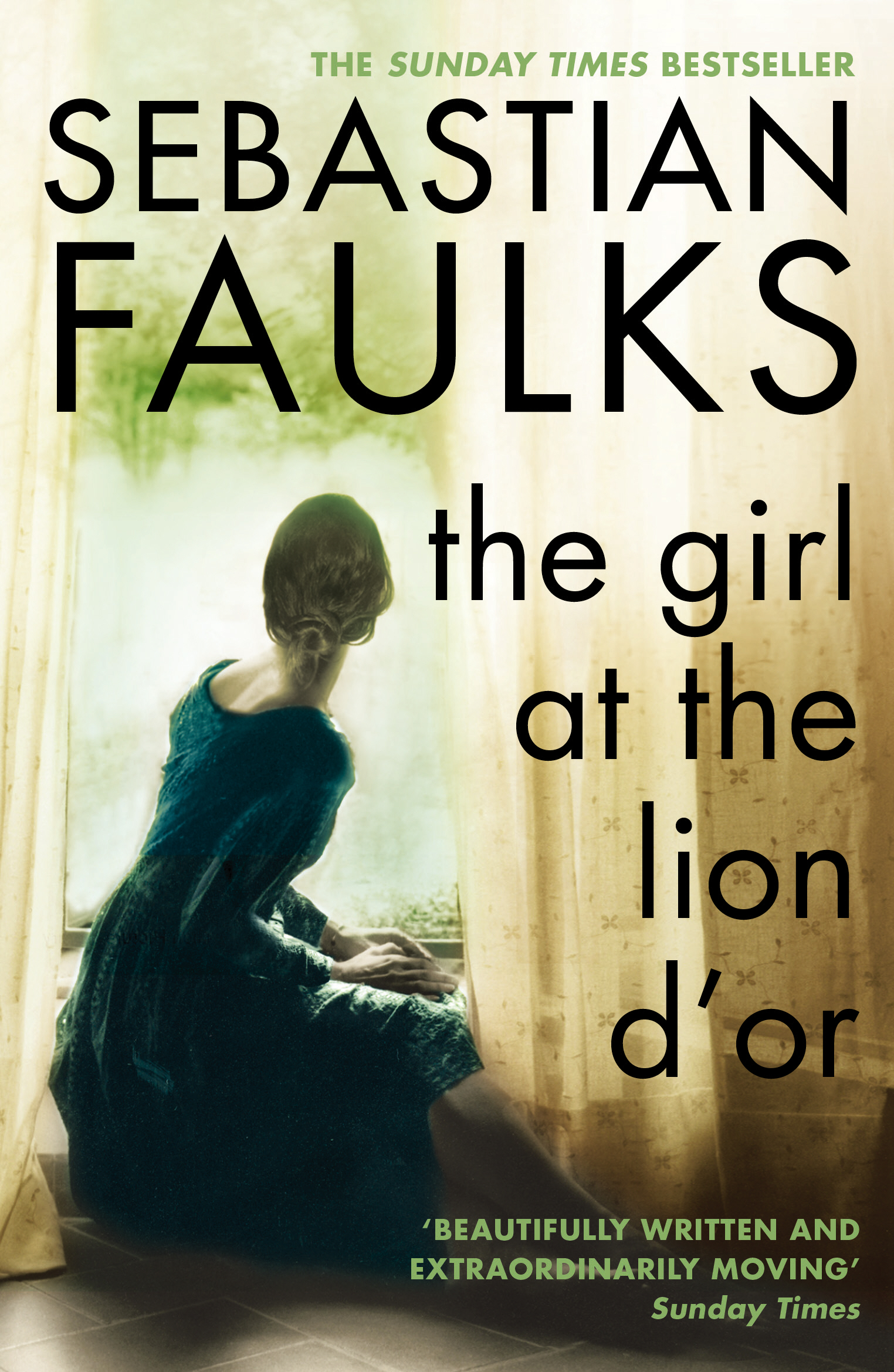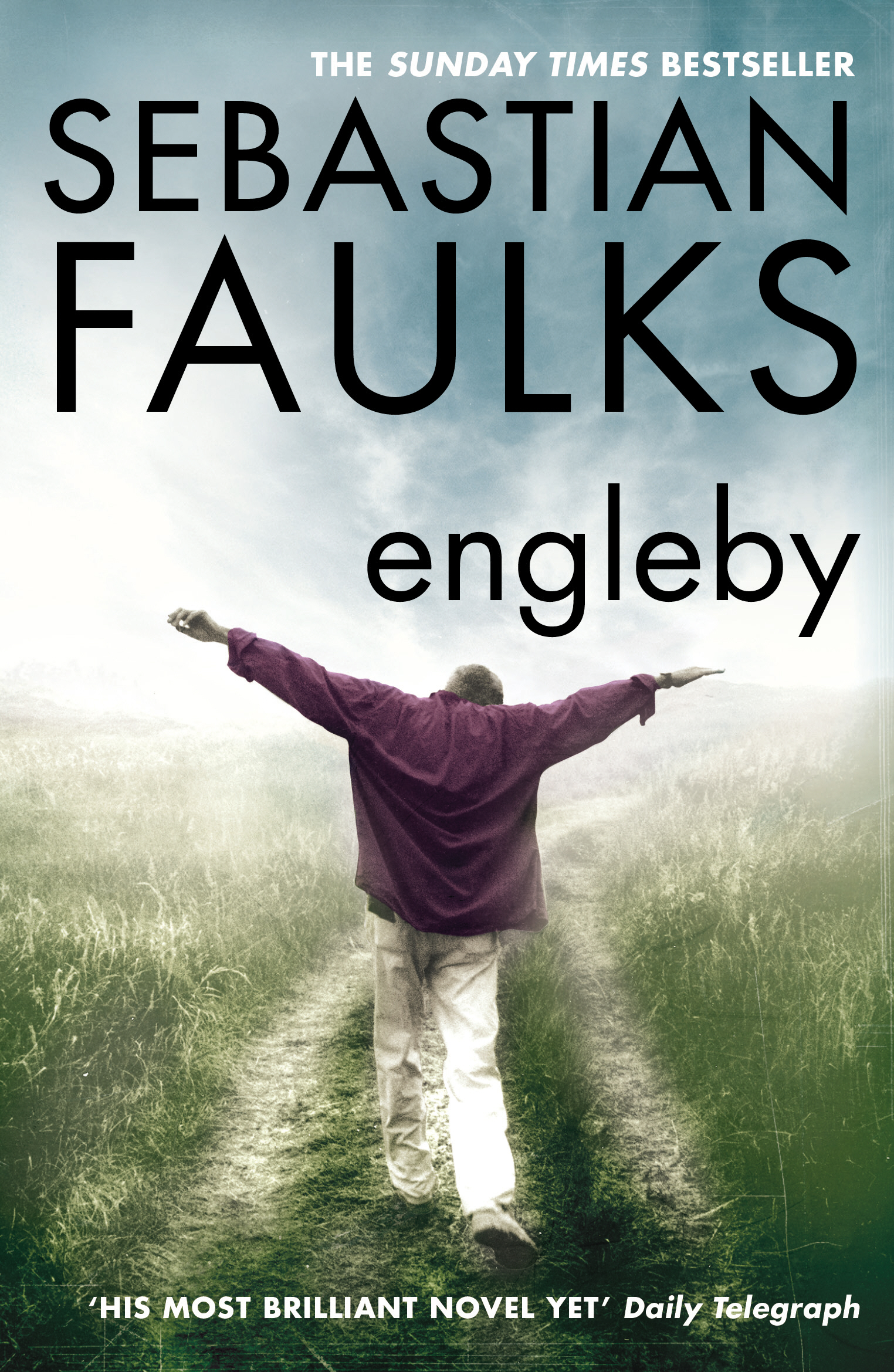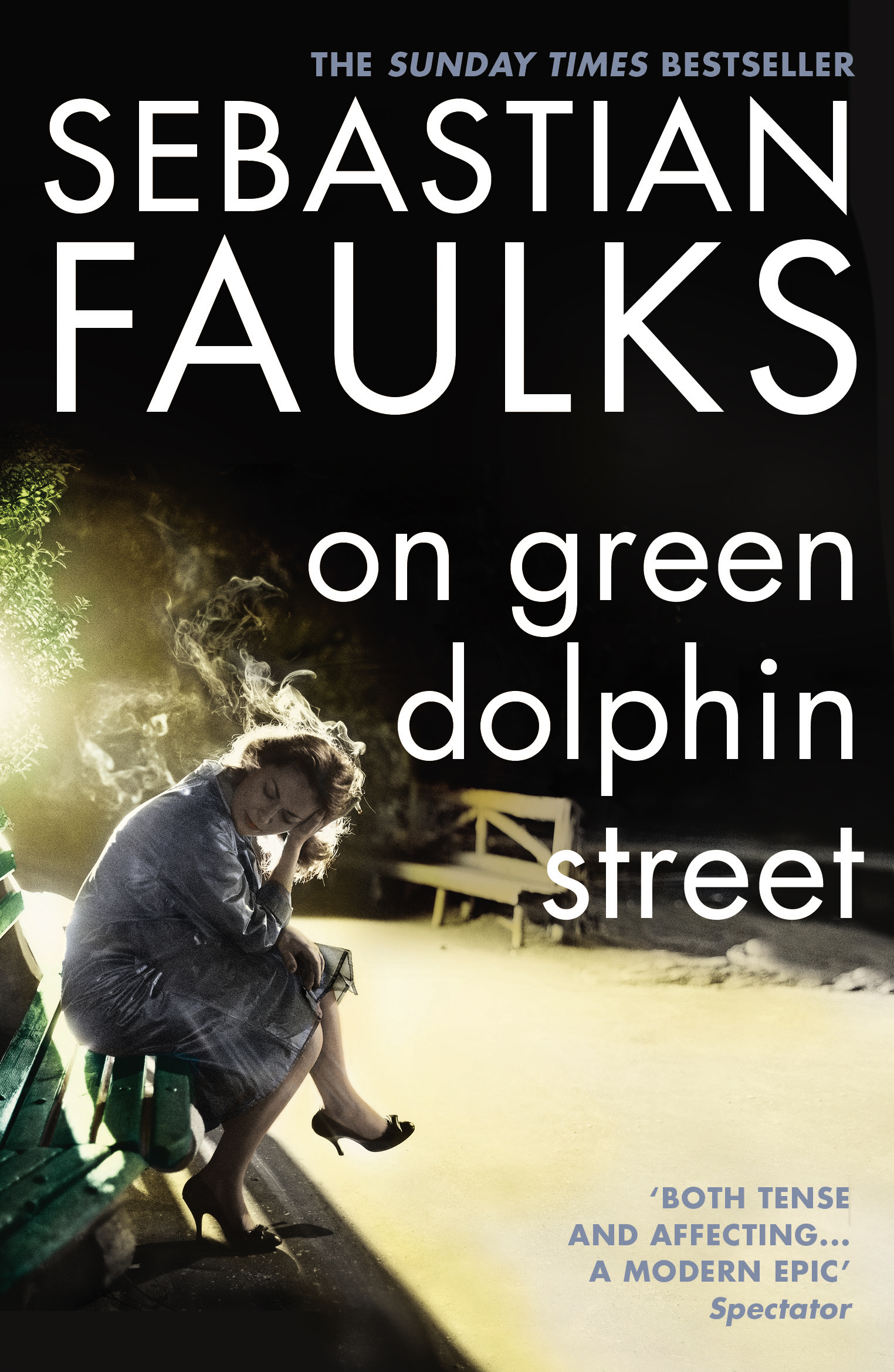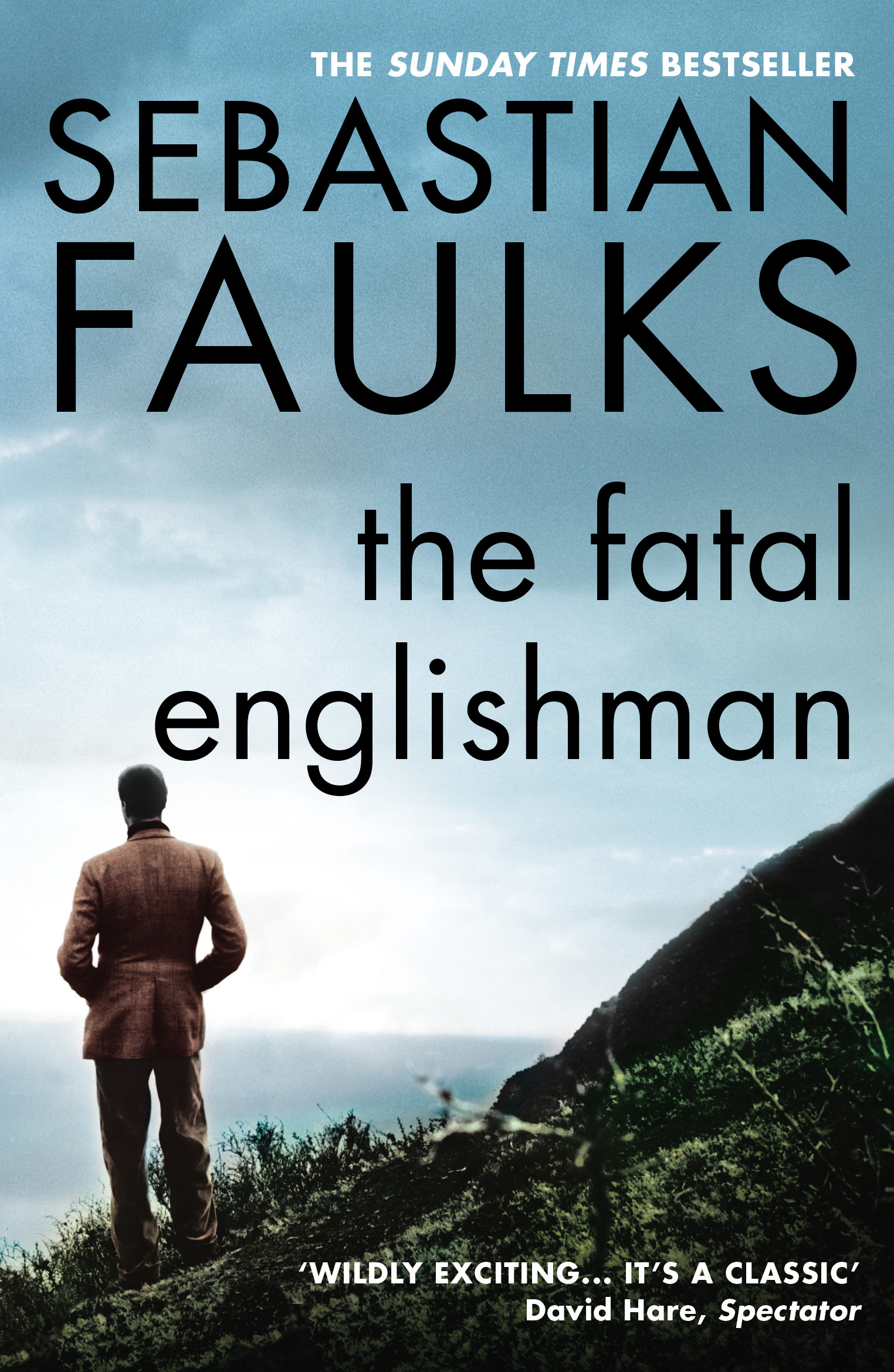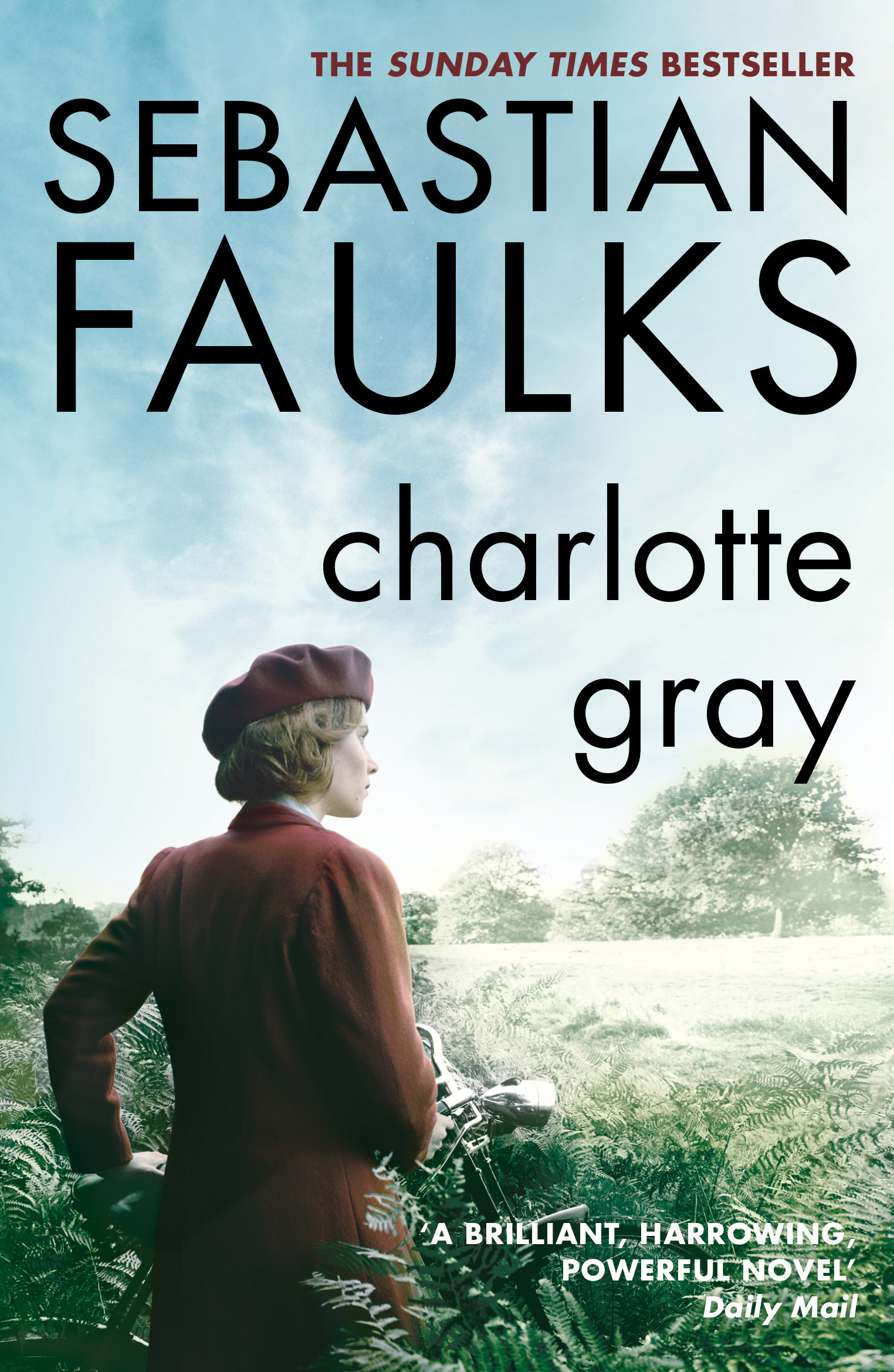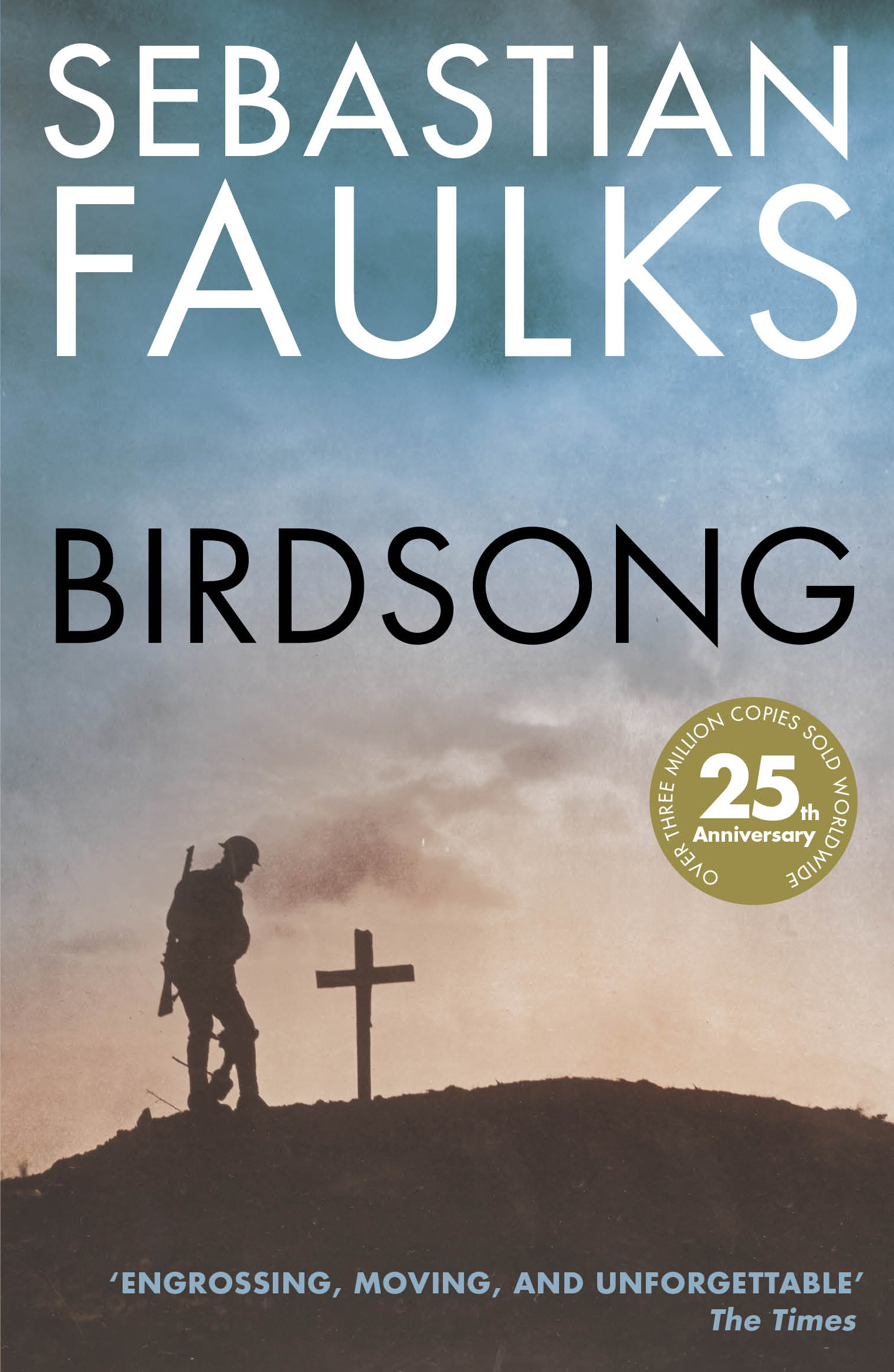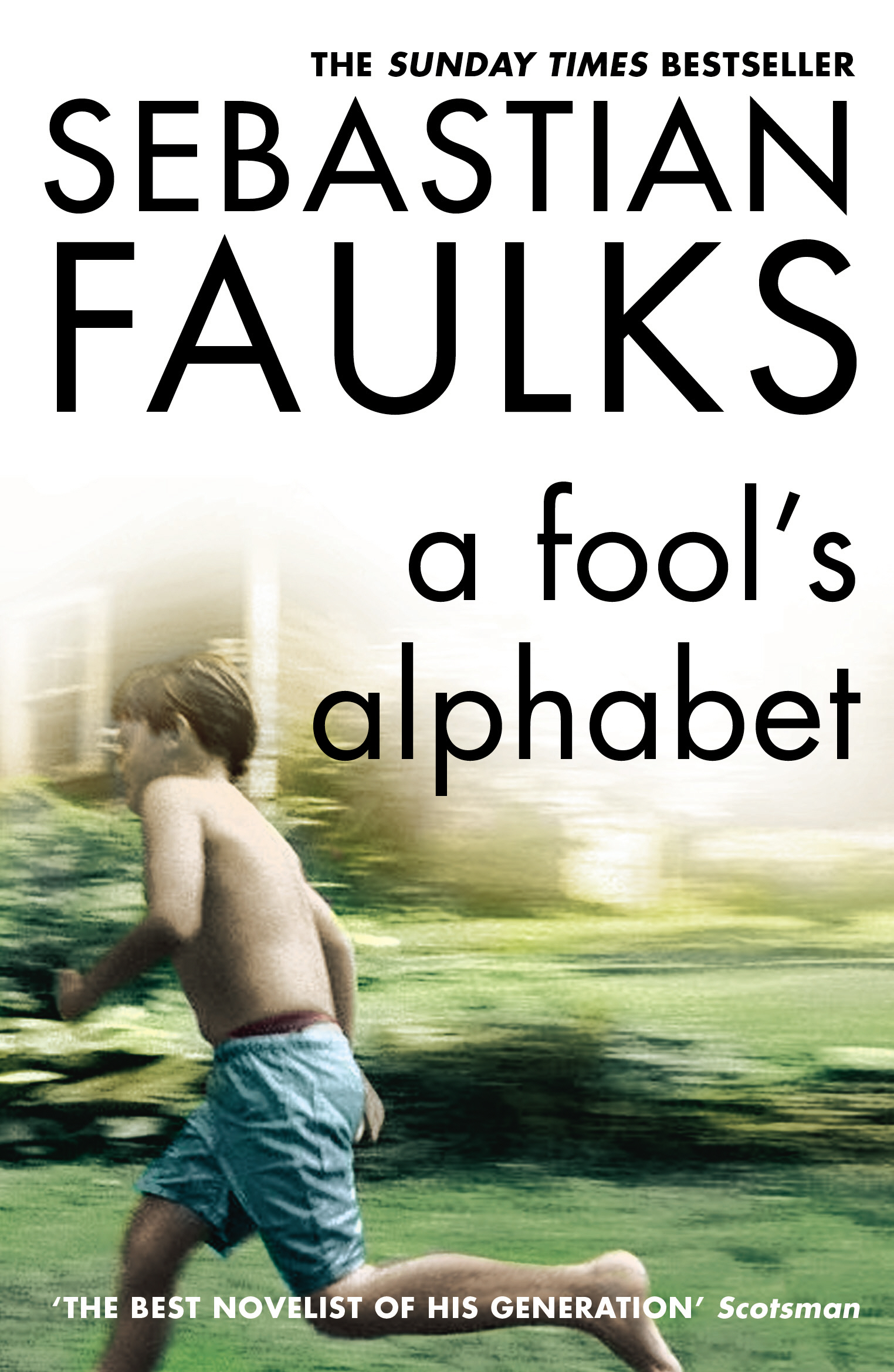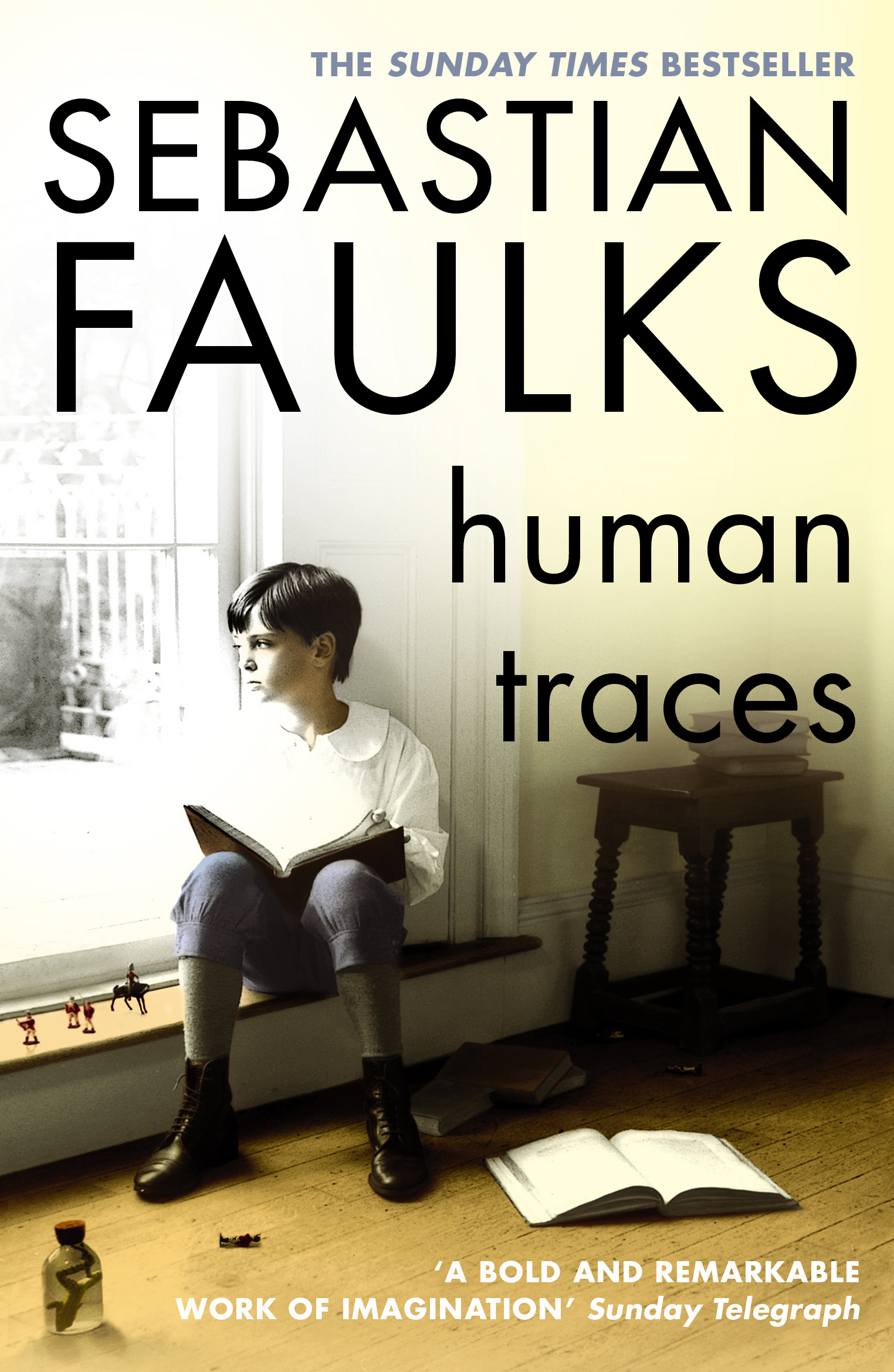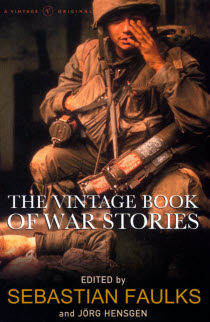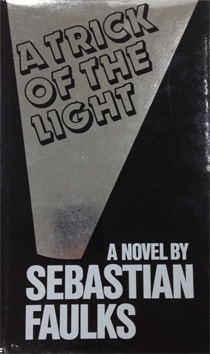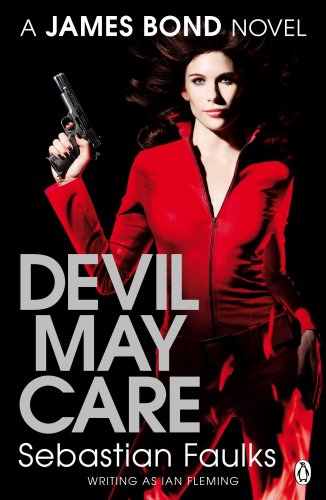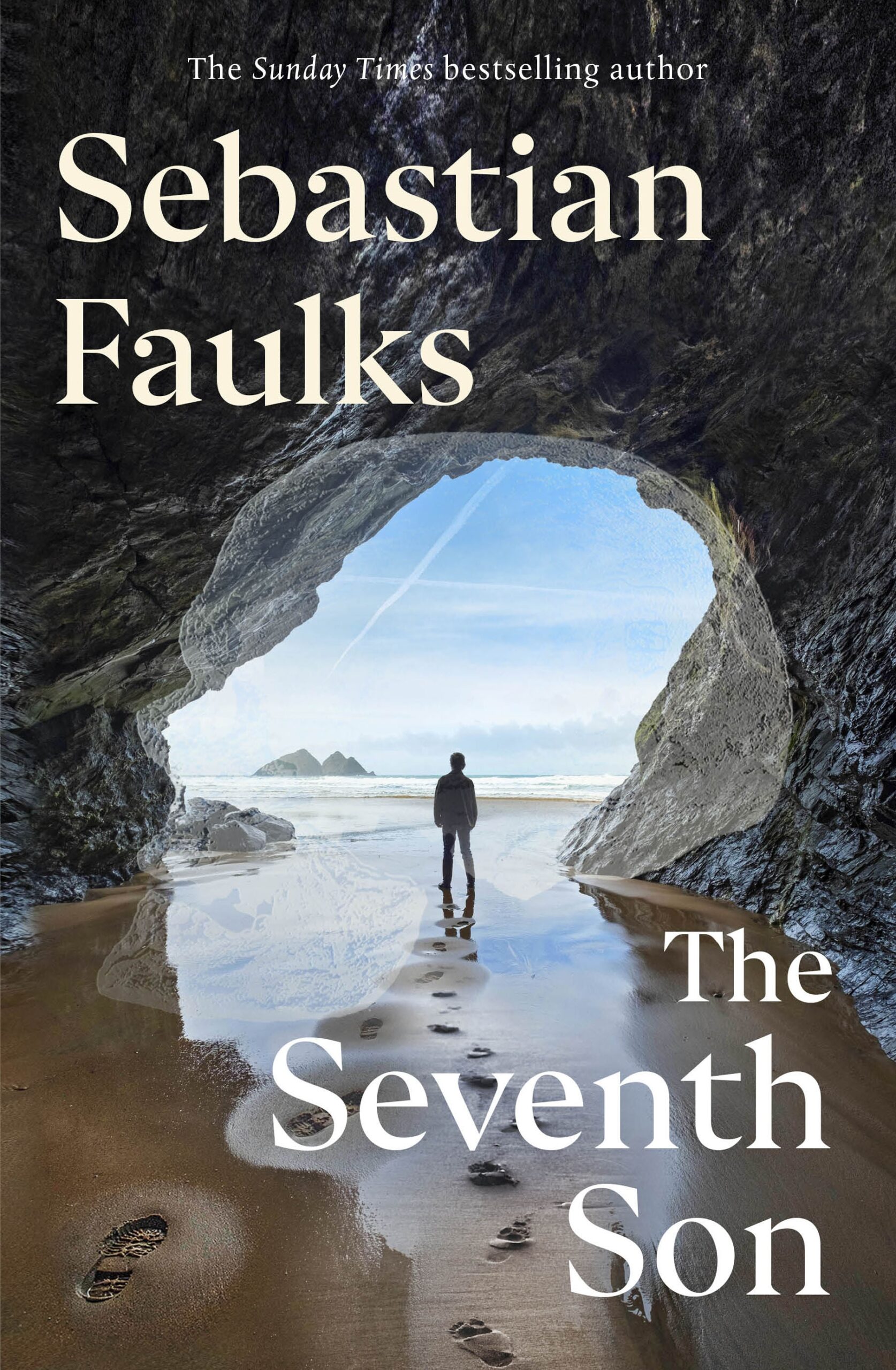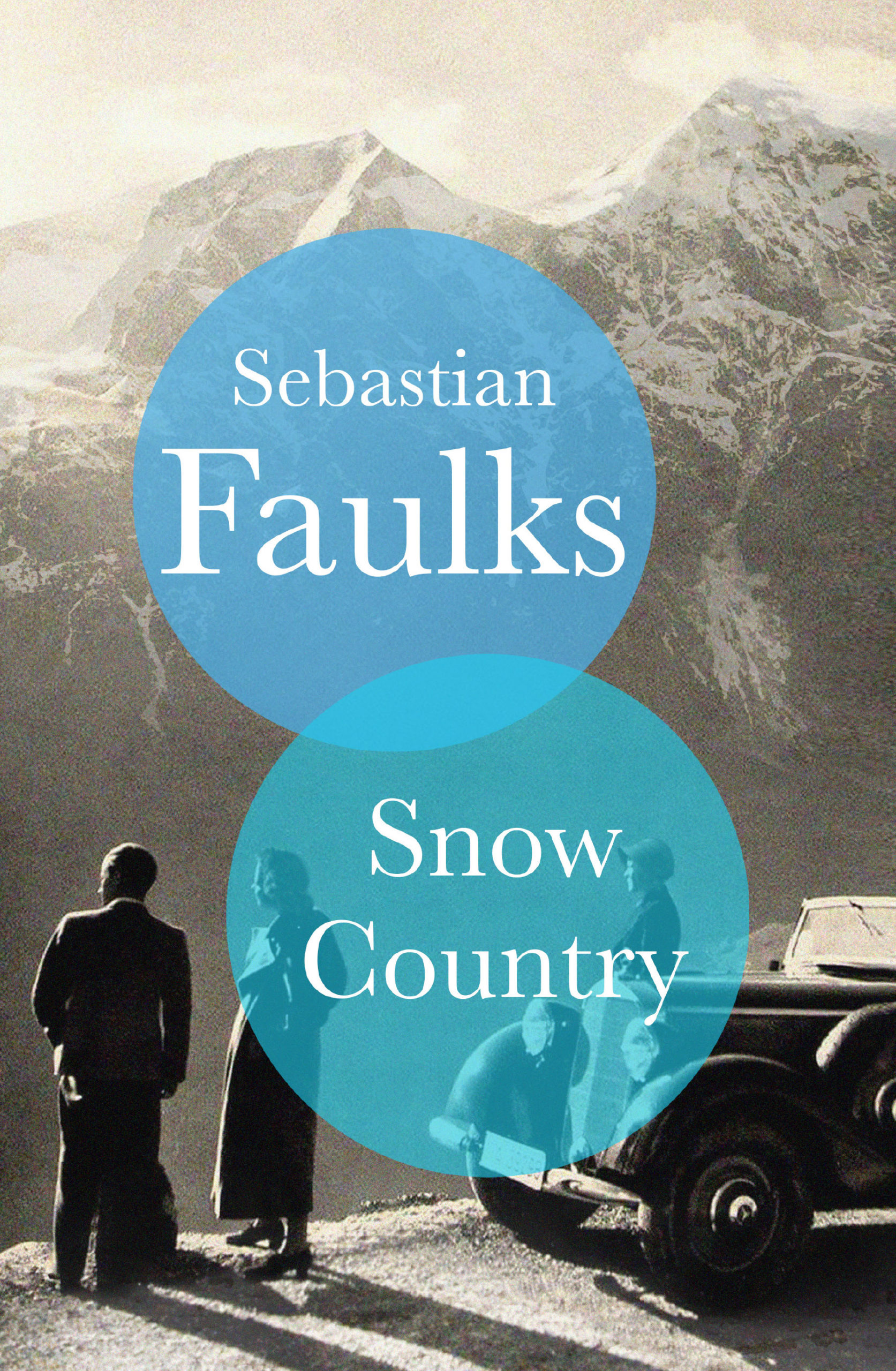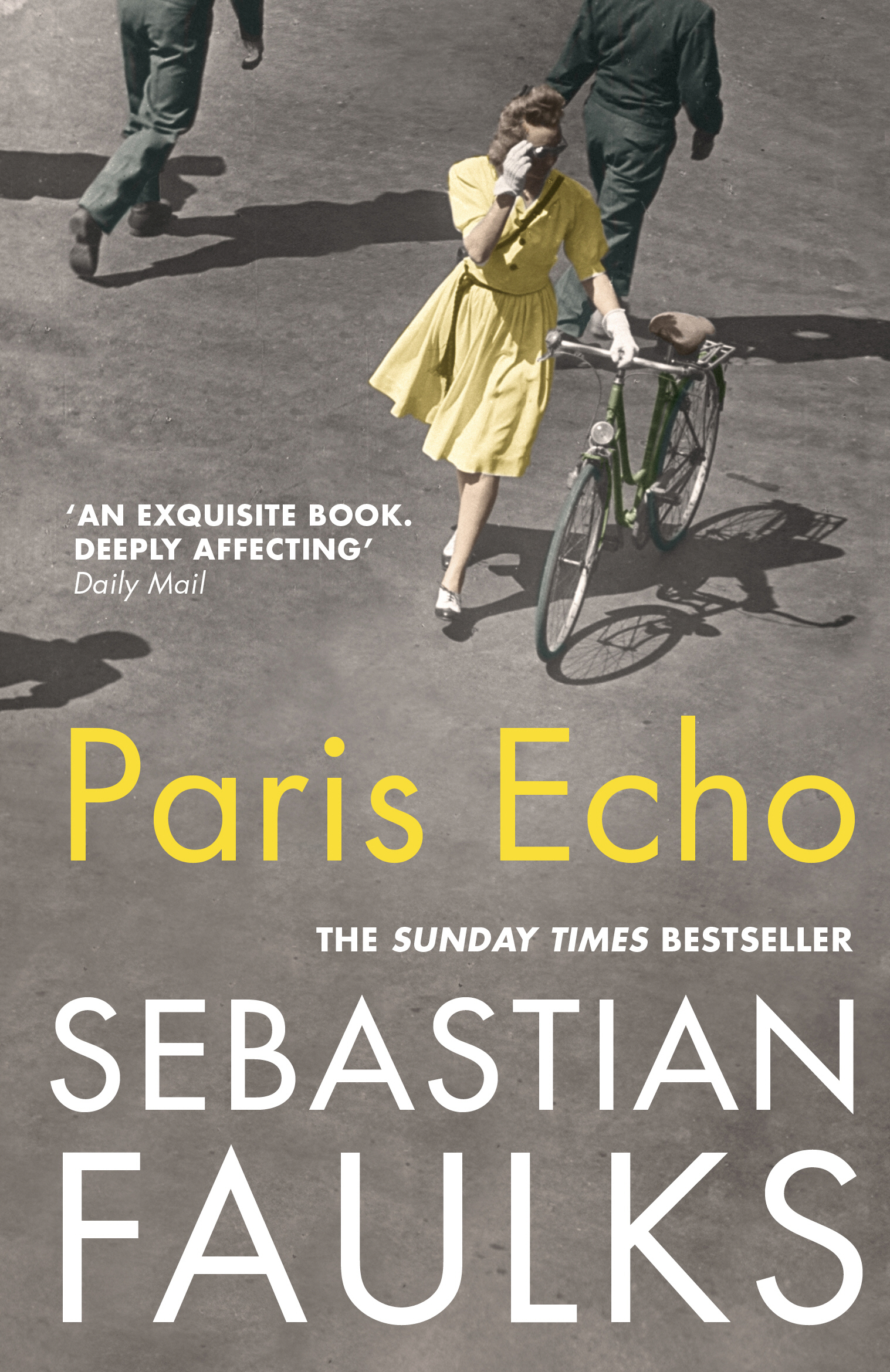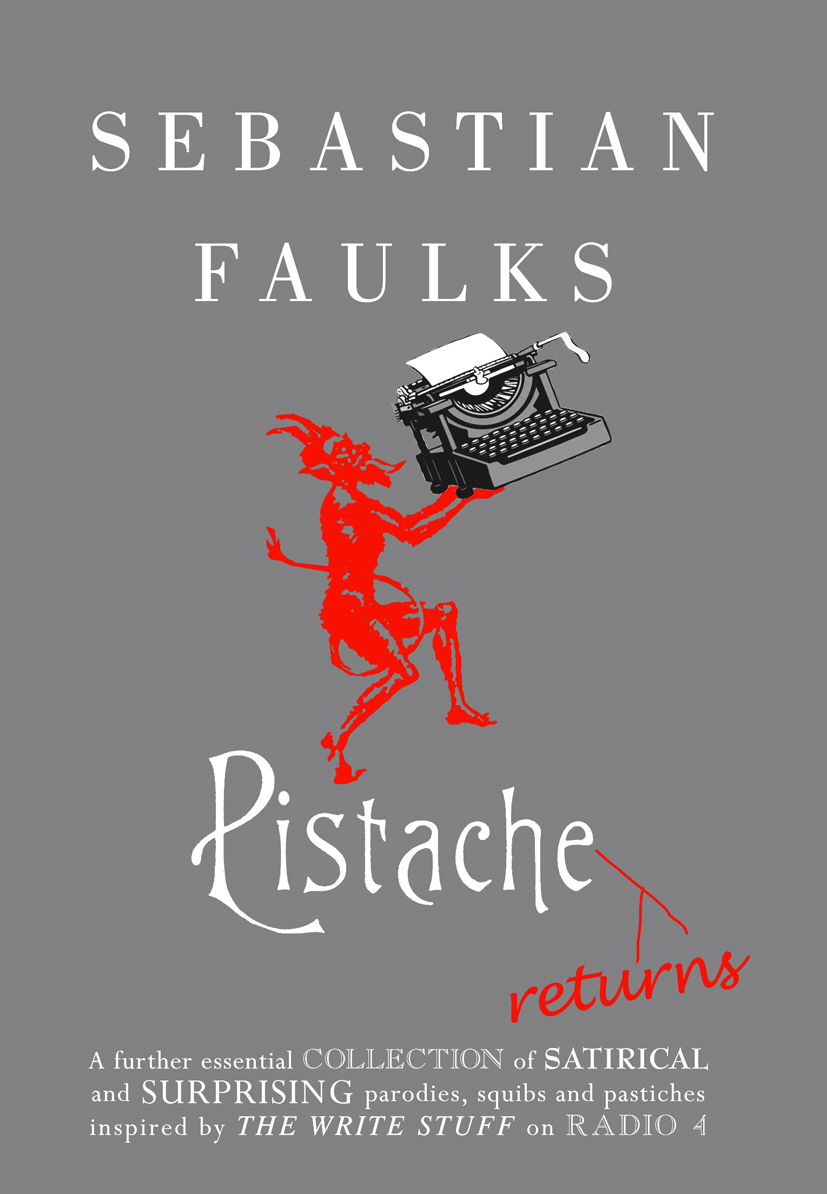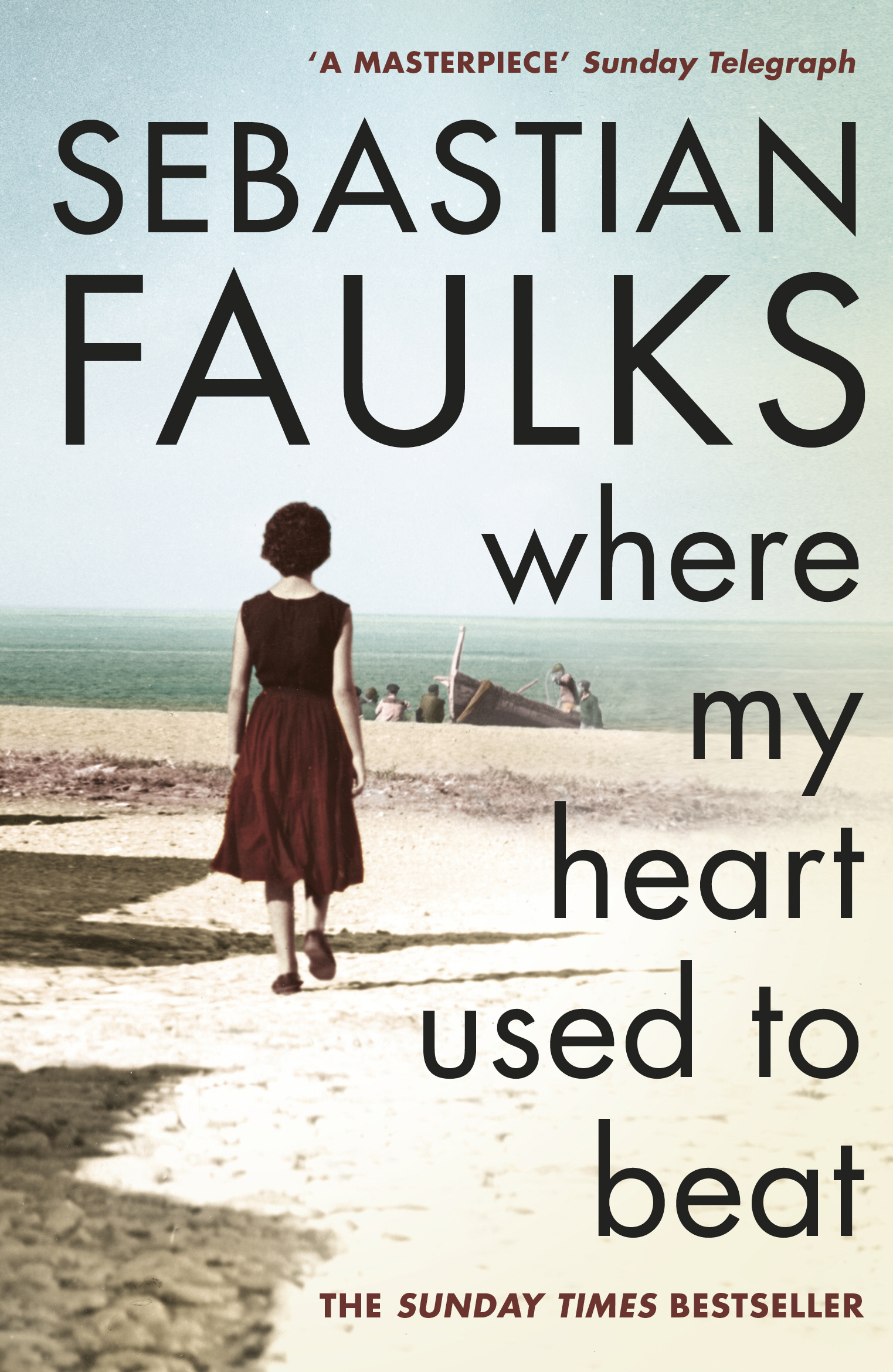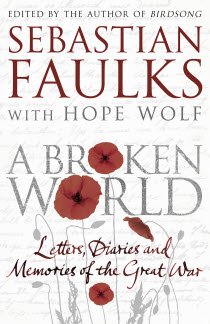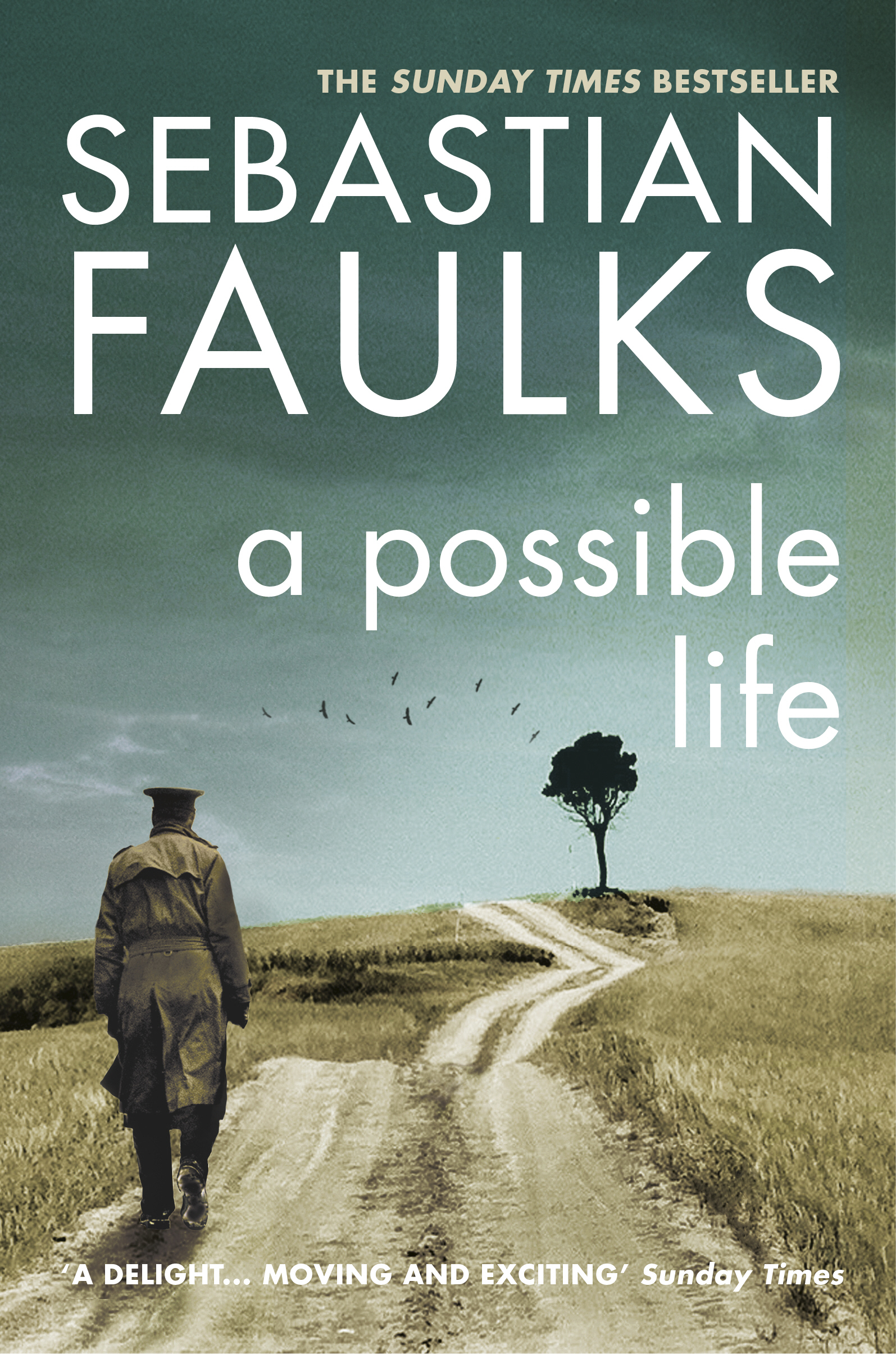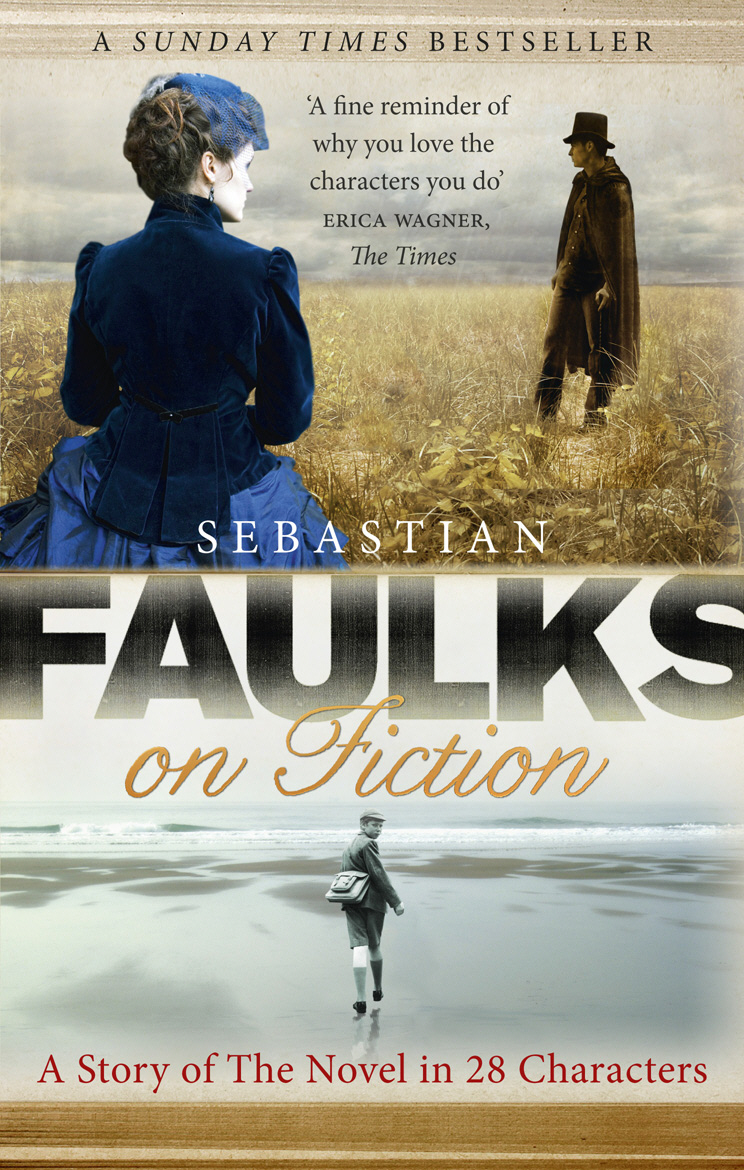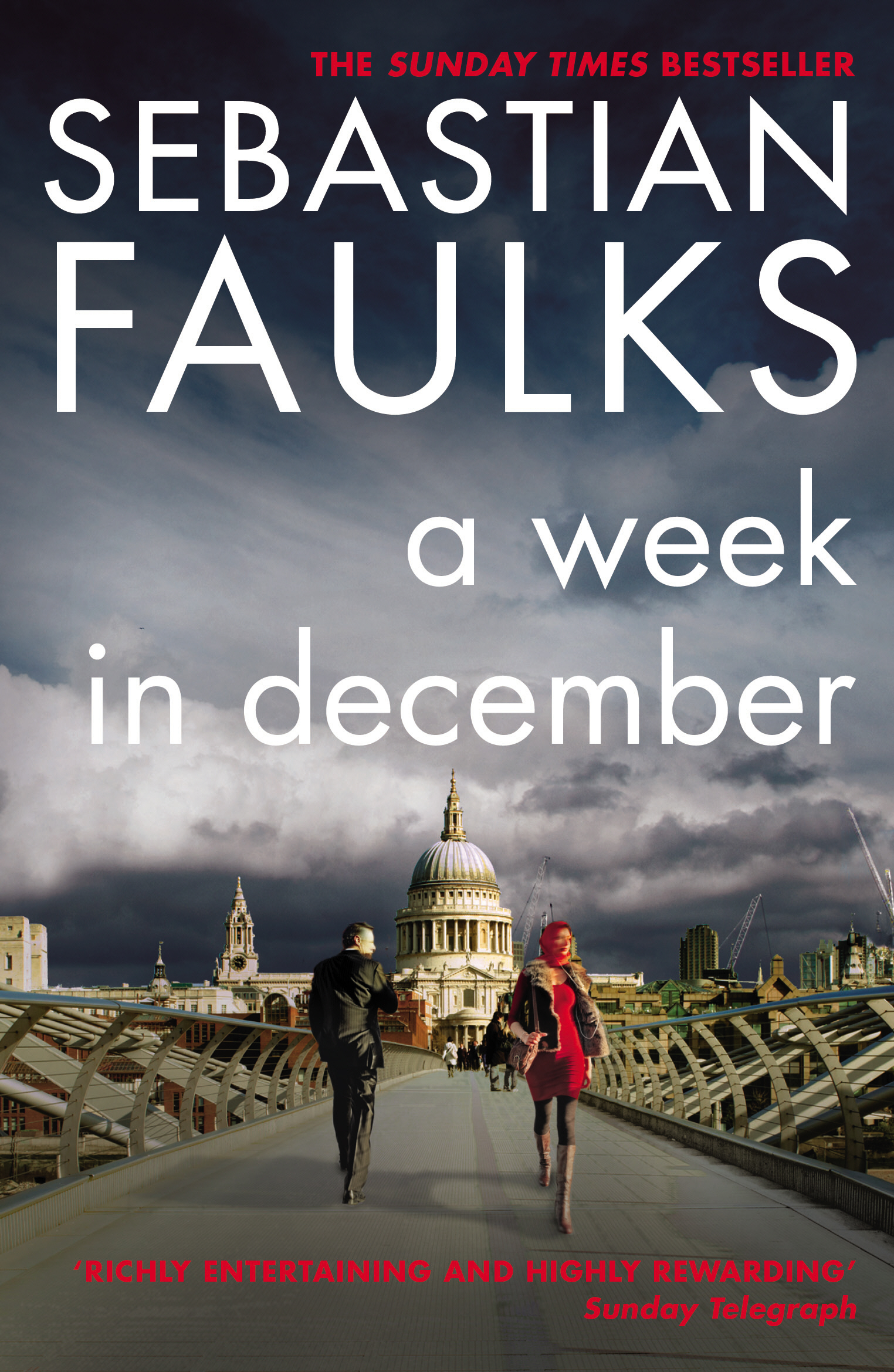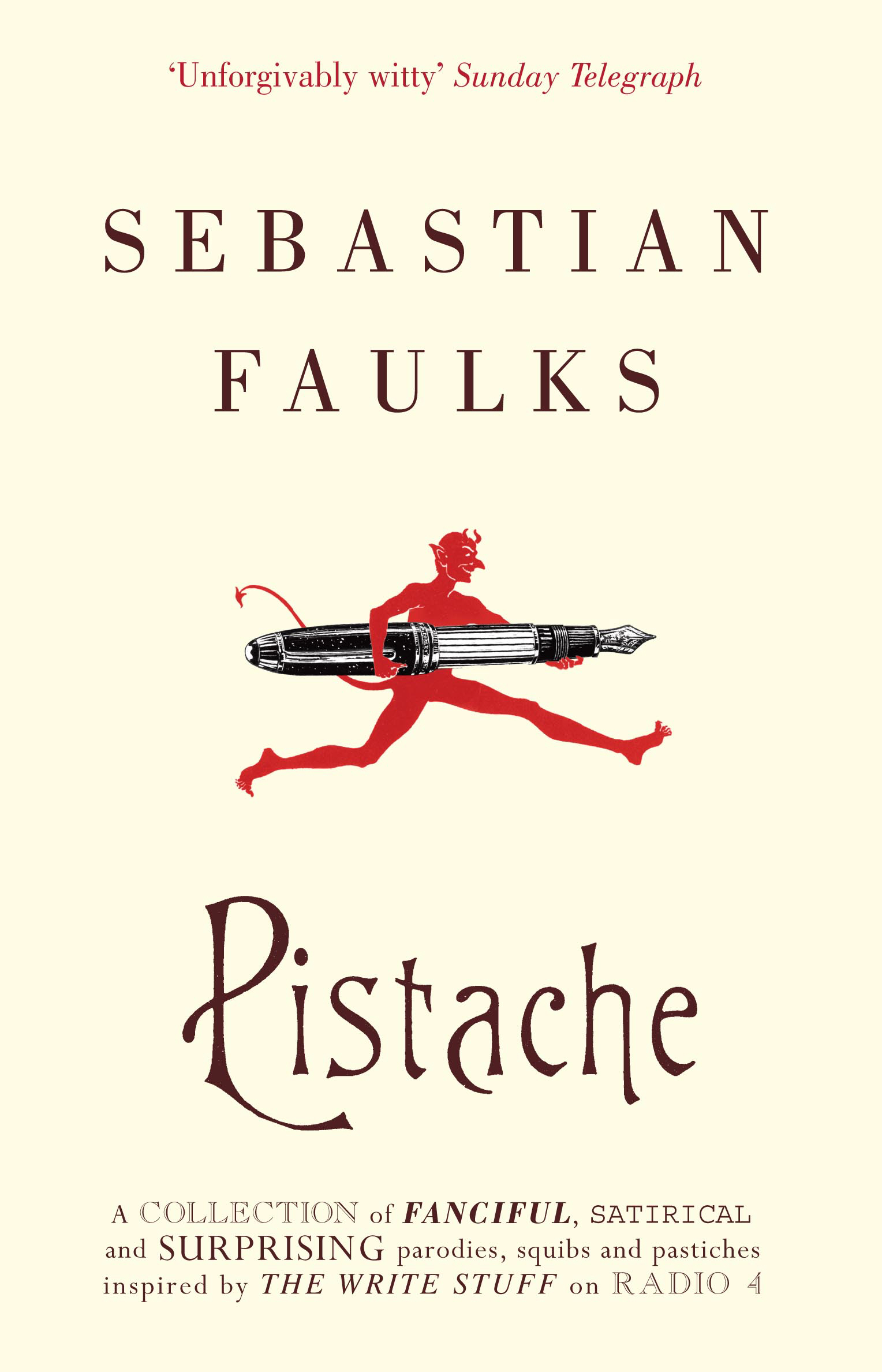The story of The Girl At The Lion d’Or
The novel deals with the growing love between Anne and Hartmann, the moral difficulties it poses to each and the way in which the private lives of individuals are affected by public events. Hartmann, who was a young intelligence officer in the First World War, has lived a full life in Paris before his marriage – a relationship which has turned out to be loveless. Anne has been brought up by a guardian after a scandal when she was a child, involving her father and the French army mutinies of 1917.
The political life of France in the 1930’s, as it descends towards Vichy, provides the background against which the deeper colours of the past are gradually painted in. Hartmann and Anne both feel themselves to be victims of events whose repetition they are powerless to prevent.
It was the depth of characterisation and the depiction of Anne’s emotional life, her passion for Hartmann and her determination to shake off the weight of the past, that resonated most powerfully with readers, many of whom still claim it is their favourite of all Faulks’s novels.
